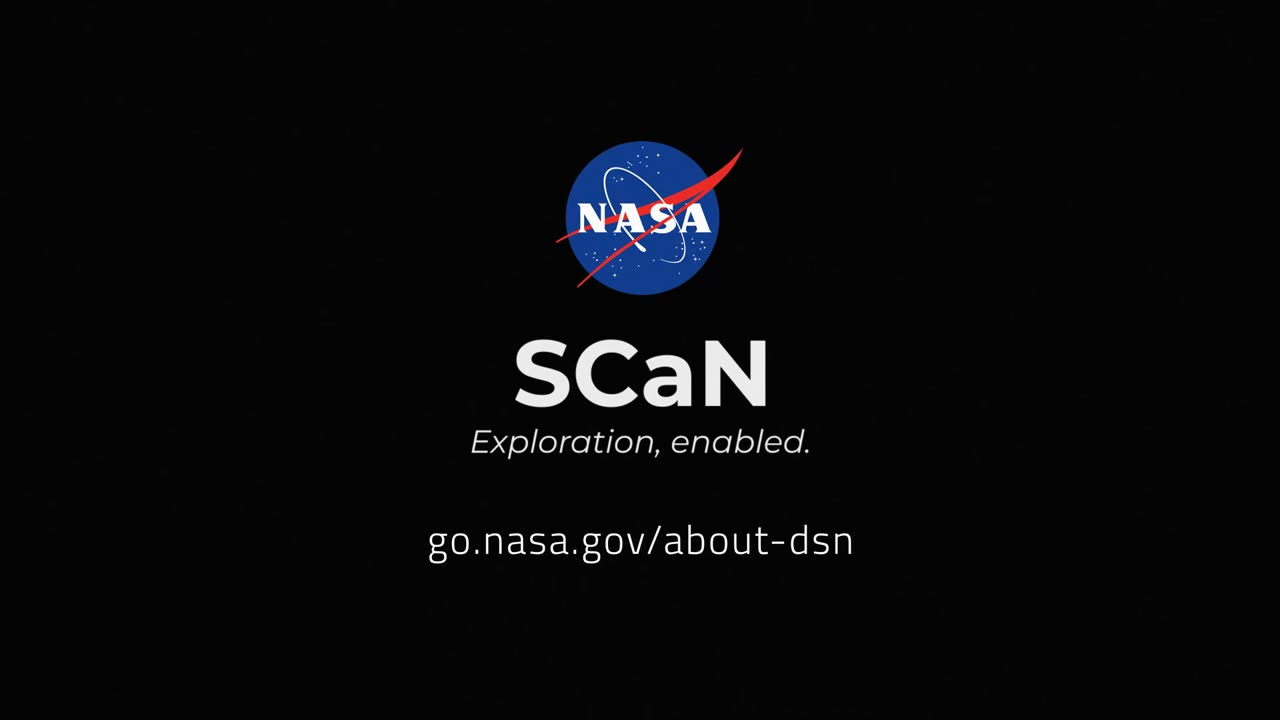Premium Only Content

How NASA Uses Gravity and Radio Waves to Study Planets and Moons
The Deep Space Network, NASA’s international collection of giant radio antennas used to communicate with spacecraft at the Moon and beyond, helps scientists and engineers use gravity and radio science experiments to learn more about our planetary neighborhood.
After reaching a spacecraft reaches its destination, it uses radio antennas to communicate with the Deep Space Network, which in turn transmits radio signals back to the spacecraft. Every spacecraft travels in a predetermined path emitting radio signals as it orbits around its target. Scientists and engineers can infer the spacecraft's location and how fast it's going by measuring changes in the spacecraft's radio signal frequency. This is made possible by the Doppler effect, the same phenomenon that causes a siren to sound different as it travels towards and away from you.
The Doppler phenomenon is observed here when the spacecraft and the Deep Space Network antenna move in relation to each other. Differences between the frequency of radio signals sent by the spacecraft as it orbits and signals received on Earth give us details about the gravitational field of a planetary body. For example, if the gravity is slightly stronger, the spacecraft will accelerate slightly more. If gravity is slightly weaker, the spacecraft will accelerate slightly less. By developing a model of the planetary body's gravitational field, which can be mapped as a gravitational shape, scientists and researchers can deduce information about its internal structure.
The Deep Space Network was developed by and is managed by NASA’s Jet Propulsion Laboratory (JPL) in Southern California. The antennas of the Deep Space Network are the indispensable link to robotic explorers venturing beyond Earth. They provide the crucial connection for commanding our spacecraft and receiving never-before-seen images and scientific information on Earth, propelling our understanding of the universe, our solar system and ultimately, our place within it.
JPL manages the Deep Space Network for the Space Communications and Navigation (SCaN) Program, based at NASA Headquarters within the Space Operations Mission Directorate.
Learn more about the DSN at go.nasa.gov/about-dsn
-
 3:48:54
3:48:54
Nerdrotic
7 hours ago $21.25 earnedStar Wars is DEAD! | Is Hollywood Killing Pop Culture | WB for sale - Friday Night Tights 377
76.4K5 -
 LIVE
LIVE
SynthTrax & DJ Cheezus Livestreams
23 hours agoFriday Night Synthwave 80s 90s Electronica and more DJ MIX Livestream Electronic Favorites Edition
111 watching -
 39:10
39:10
BonginoReport
10 hours agoPro-Life Journo Attacked In Lawless NYC - Nightly Scroll w/ Hayley Caronia (Ep.163)
84.5K24 -
 DVR
DVR
Nikko Ortiz
3 hours agoNew Army Machine Gun In Insurgency Sandstorm... |Rumble Live
12.2K -
 LIVE
LIVE
ZWOGs
3 hours ago🔴LIVE IN 1440p! - TOURNAMENT DAY! The Brrrap Pack & Myself vs Sparksforce! - Come Hang Out!
19 watching -
 LIVE
LIVE
StevieTLIVE
1 hour agoBig Daddy Stevie Cookin' Warzone DEEP in to the LATE Night
11 watching -
 7:08:33
7:08:33
Dr Disrespect
10 hours ago🔴LIVE - DR DISRESPECT - BATTLEFIELD KILL CHALLENGE - vs BOBBYPOFF
140K11 -
 LIVE
LIVE
Tundra Tactical
5 hours ago $2.77 earnedProfessional Gun Nerd Plays Battlefield 6
53 watching -
 LIVE
LIVE
SavageJayGatsby
5 hours agoFriend Friday – Goose Goose Duck Chaos! 🦆💥
60 watching -
 58:55
58:55
Roseanne Barr
7 hours agoJOSH HAMMER | The Roseanne Barr Podcast #120
178K193